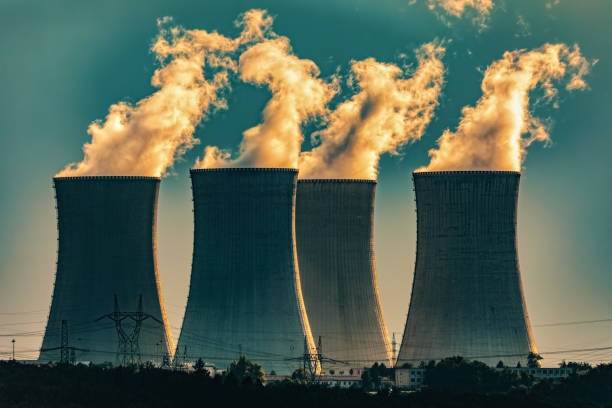Devaluation in Kazakhstan: Grim Forecast or Financial Strategy?
Expectations of a potential devaluation of Kazakhstan’s national currency, the tenge, are gaining momentum in the country, despite its recent strengthening against the dollar. While the government projects stability, some financial players and experts openly support a weaker tenge. But are these fears grounded in economic reality, or do particular interests drive them?
Kazakhstan’s currency is particularly sensitive to global market shifts because around half of the country’s export revenues come from oil and other raw materials. When commodity prices fall or external demand weakens, pressure on the tenge increases. The currency is also affected by high import dependence: many consumer goods, industrial inputs, and food products are priced in foreign currencies, making the economy highly responsive to exchange-rate movements.
One of the most vocal proponents of a free-floating tenge is economist Aidarkhan Kusainov, a former adviser to the head of the National Bank. A long-time advocate for a free-floating tenge, Kusainov maintains that the currency remains overvalued. In 2021, he predicted the exchange rate would reach 500 tenge to the $1. As of now, the rate hovers around 510.
Kusainov has recently gained broader attention following his criticism of rising taxes and utility tariffs during an appearance on a YouTube podcast hosted by Senate Speaker Maulen Ashimbayev. “Today, the singer of devaluation, a well-known but unpopular economist, woke up as a competent people’s professional (judging by the comments),” Kusainov wrote, replete with smiling emojis in assessing his newfound popularity on his Telegram channel.
His prediction of a $1-to-1,000-tenge exchange rate has indeed gone viral. “If our National Fund runs out today, the exchange rate will instantly soar above 1,000. As soon as we stop injecting petrodollars and transfers into the economy, the tenge will drop to 800–900, and then quickly weaken to beyond 1,000. I’ve always advocated for these measures,” he said in an interview with Ulysmedia.
These debates are unfolding against a backdrop of persistent inflationary pressure. Although headline inflation has moderated from its earlier peaks, price growth in consumer-credit-driven segments remains elevated. Any significant weakening of the tenge would likely feed directly into consumer prices, especially for imported goods, which still account for a large share of household consumption.
Kusainov’s projection is not shared by the majority of analysts, however, who see such a scenario occurring only under the weight of severe external shocks. In contrast, the National Bank’s forecasts remain more conservative. According to analysts surveyed by the Central Bank in November 2025, the exchange rate is expected to reach 525.8 tenge by the end of 2025. For 2026 and 2027, the tenge is projected to weaken gradually to 548.2 and 565, respectively.
Economist Serik Kozybaev, among others, rejects the idea of a sharp devaluation. He has attributed the tenge’s recent strength to currency interventions by the National Bank: “There are no serious reasons for such a significant weakening. On the contrary, over the past month, the exchange rate improved from 540 to 518 due to announced interventions. I expect this trend to continue, possibly bringing the rate down to 500. In 2026, we’re likely to see fluctuations between 510 and 540.”
Financial analyst Rasul Rysmambetov also sees current trends as natural. He points to three key drivers of the tenge’s strengthening. First, the National Bank’s decision to raise the base rate to 18% has increased the attractiveness of tenge-denominated instruments. Second, this higher yield has prompted some holders of dollar assets to shift part of their funds into tenge, boosting demand for the national currency. Third, the seasonal period of converting funds from the National Fund into tenge to cover budget expenditures has expanded the supply of foreign currency on the market, contributing further to the tenge’s appreciation.
“Investments in tenge instruments are now profitable because their yield is 18% and above,” states Rysmambetov.
These market-driven explanations stand in sharp contrast to more political interpretations of the tenge’s trajectory.
Eldar Shamsutdinov, chairman of the Public Council under the Ministry of National Economy, has accused some financial players, particularly second-tier banks, of manipulating public sentiment in favor of devaluation.
“People say we’re in a crisis, but the statistics show economic growth above 5%. These are not signs of a downturn,” Shamsutdinov wrote. “Banks had bet on the tenge’s constant depreciation, but the currency strengthened, leaving them in the red.”
A clear divide has now formed within Kazakhstan’s expert community, and powerful interests stand behind both sides of the currency debate. On one side is the government, facing pressure both through closed channels and in the public information space. On the other are those who stand to gain from a weaker tenge — actors whose revenues are tied to foreign currency. This group includes not only second-tier banks but also major raw-materials exporters, particularly in the oil sector, representing some of the country’s most influential financial players. The current clash of opinions, therefore, reflects deeper, competing interests within Kazakhstan’s financial landscape. Whether these tensions will lead to broader economic or political confrontation, however, remains uncertain.






